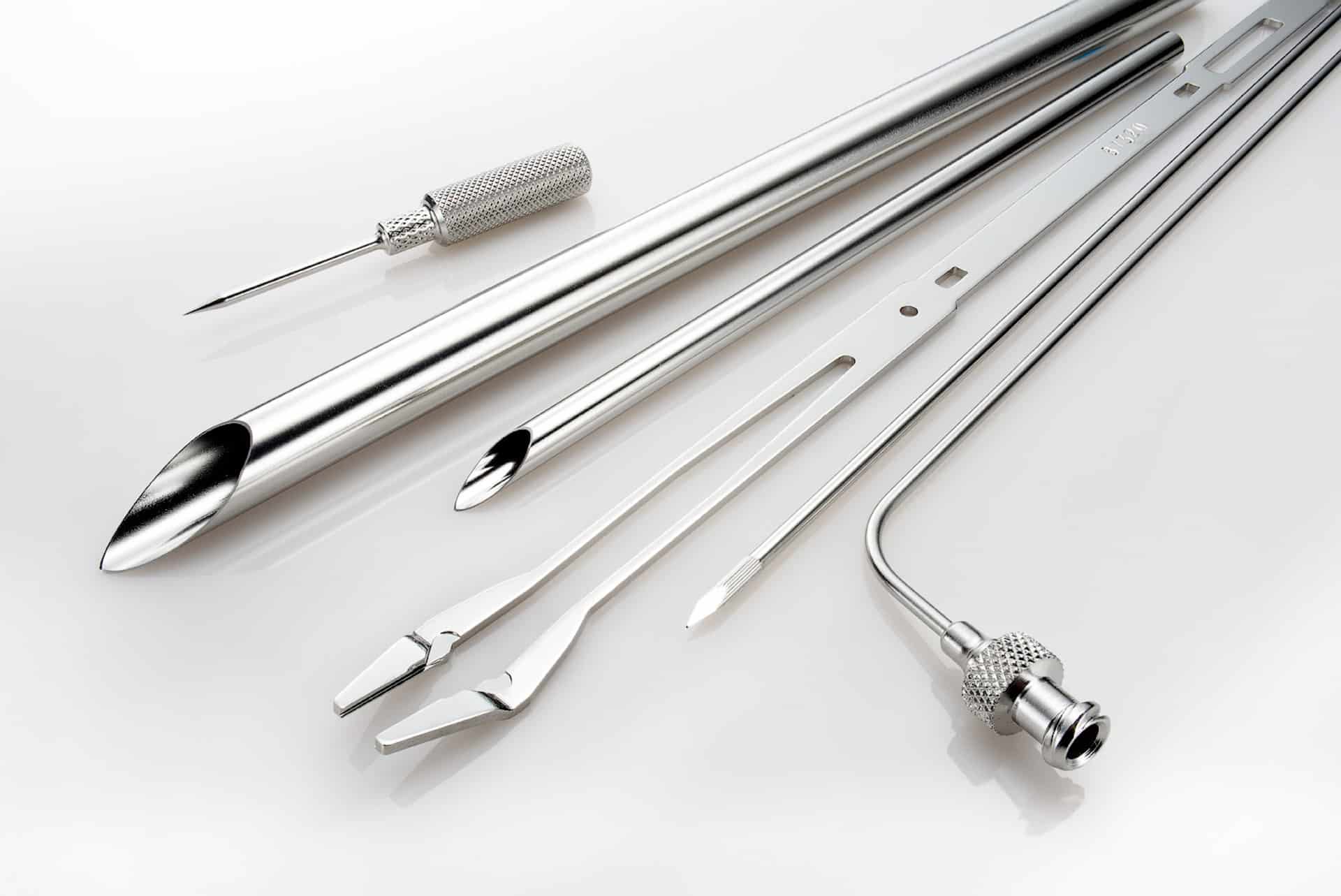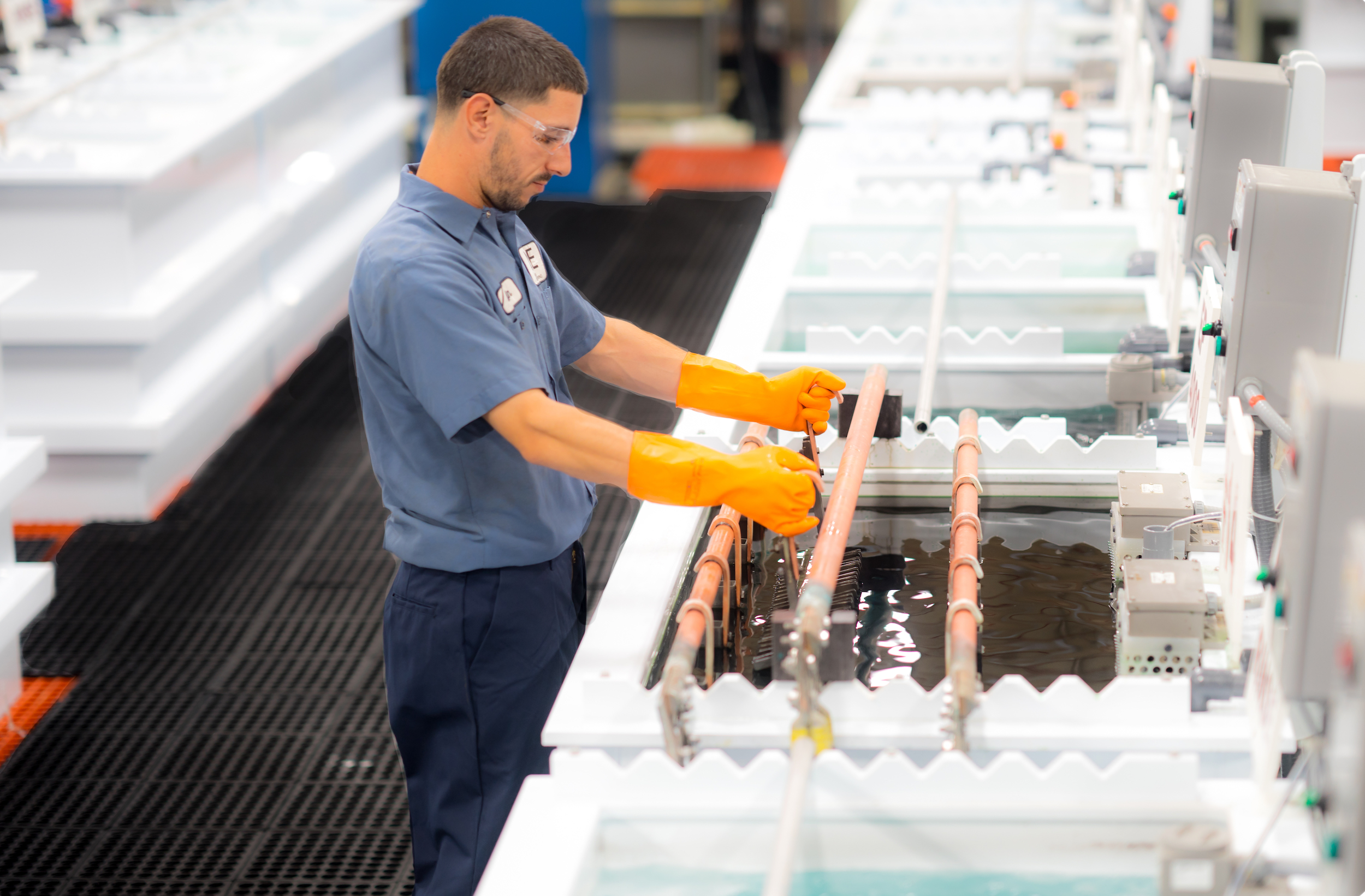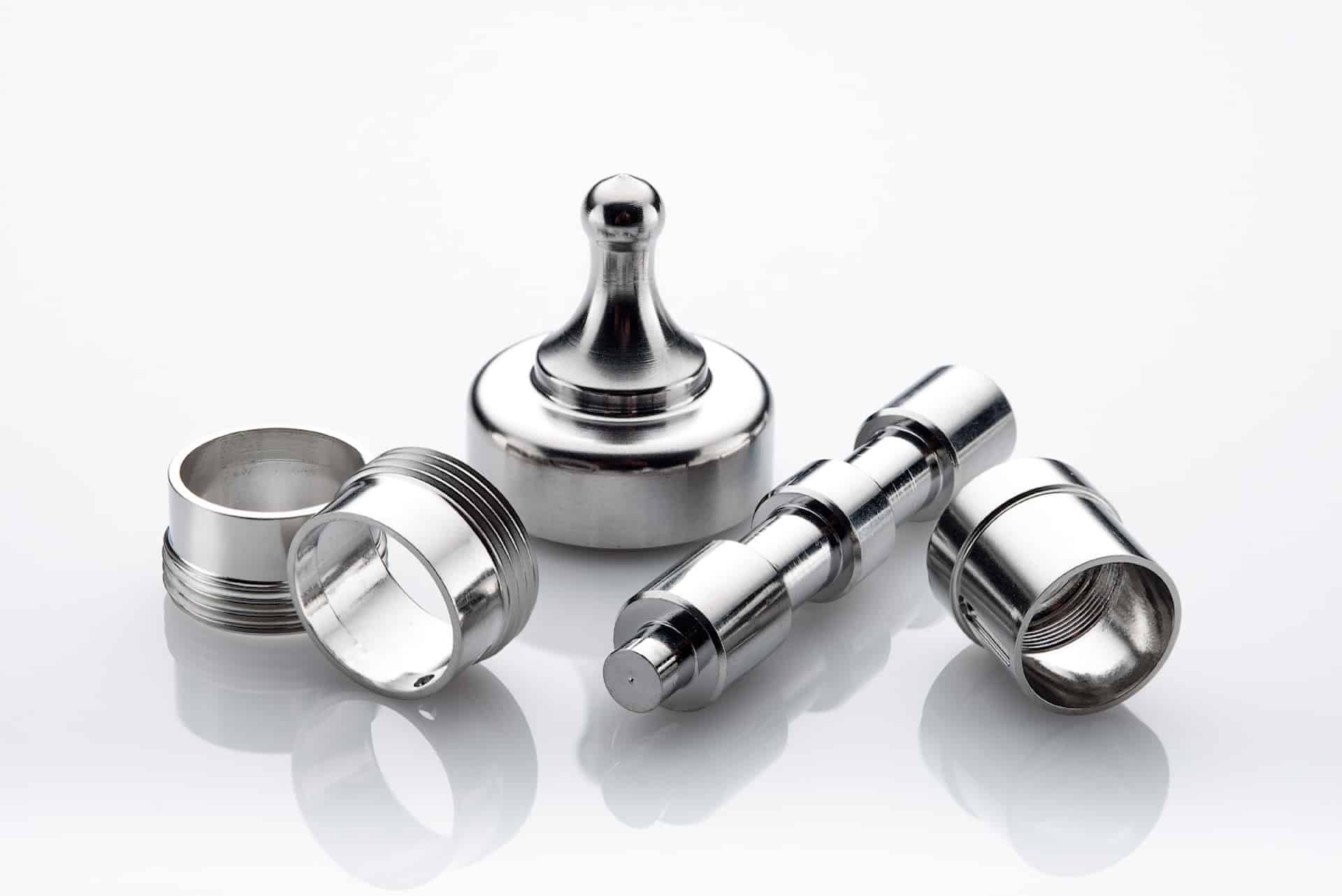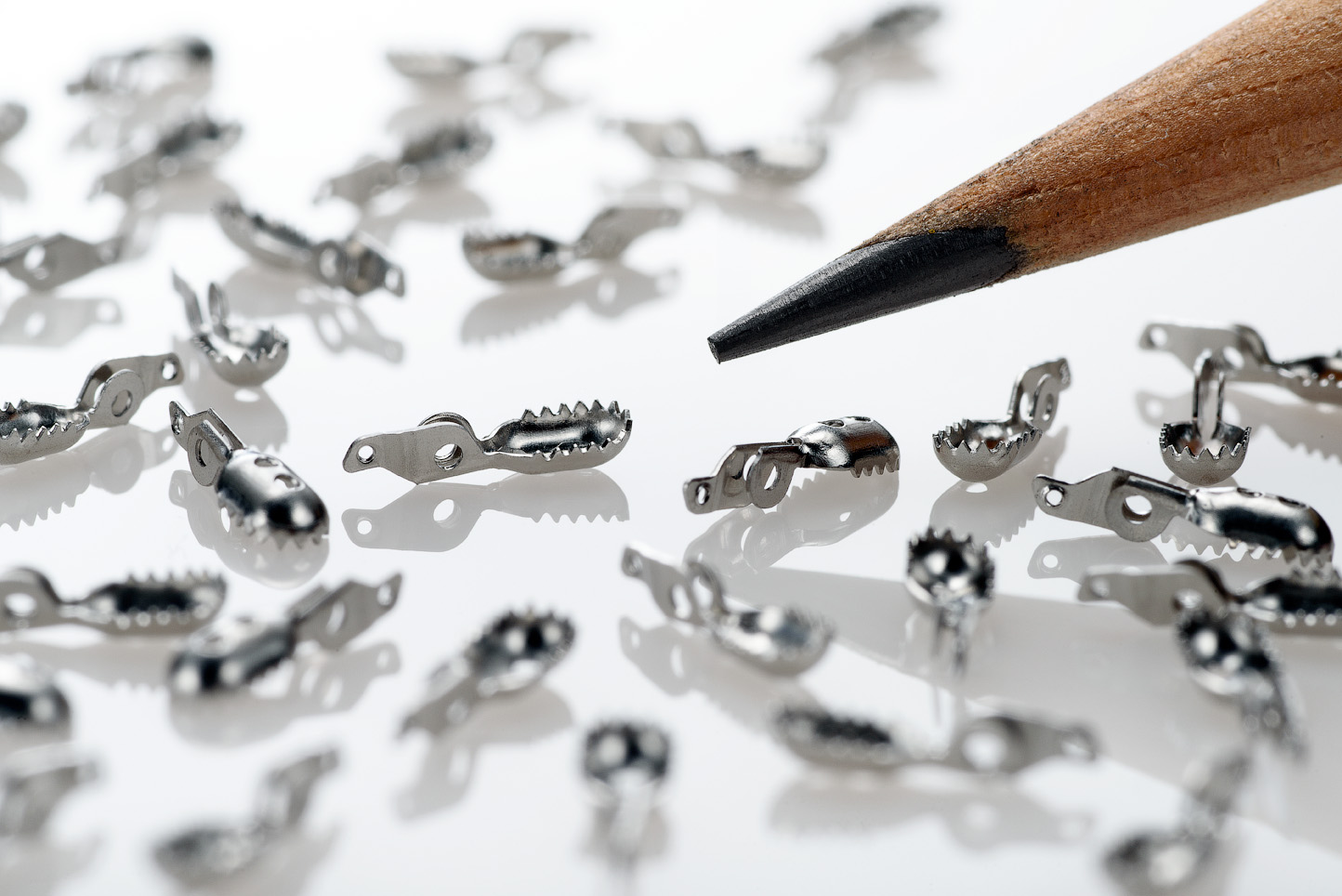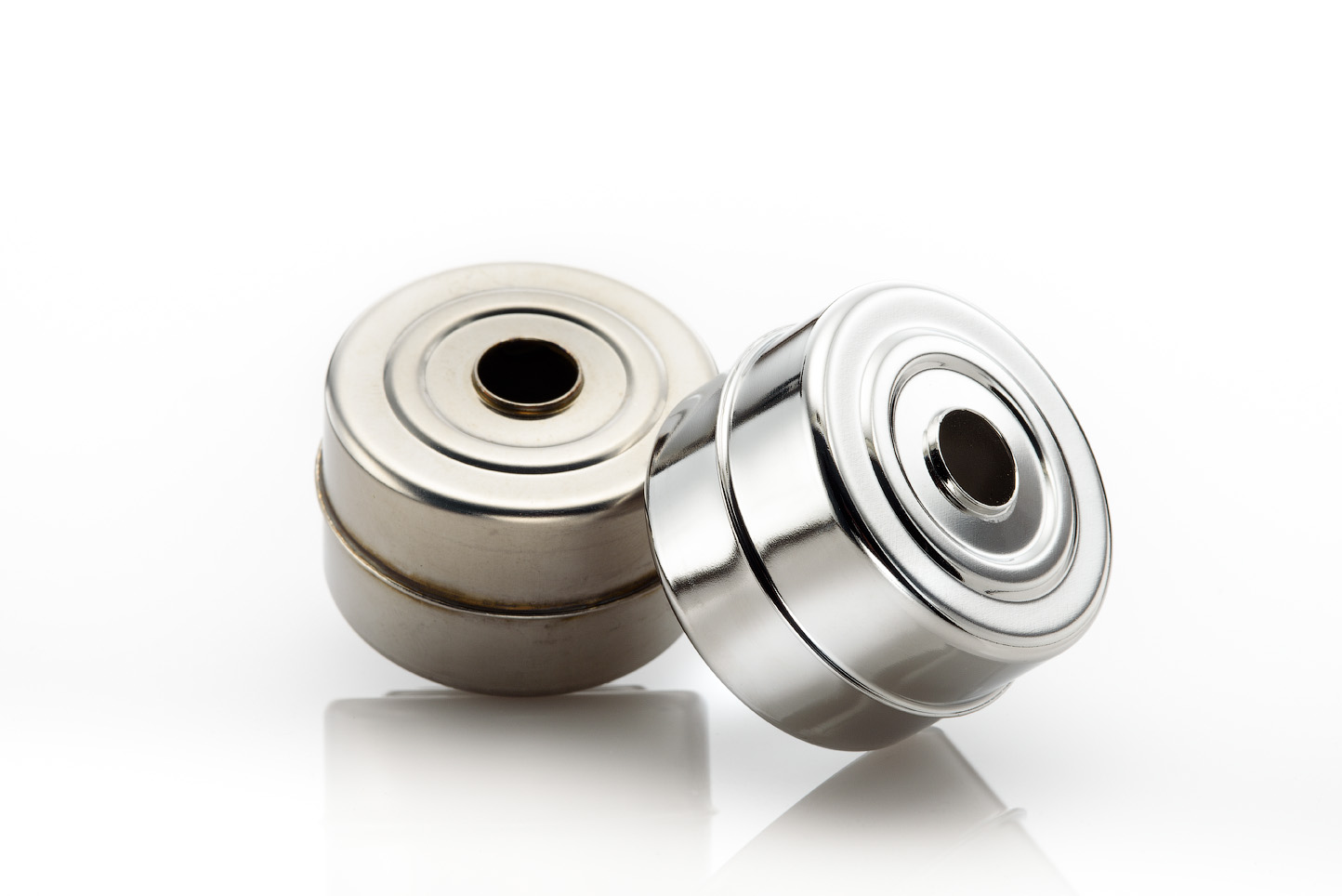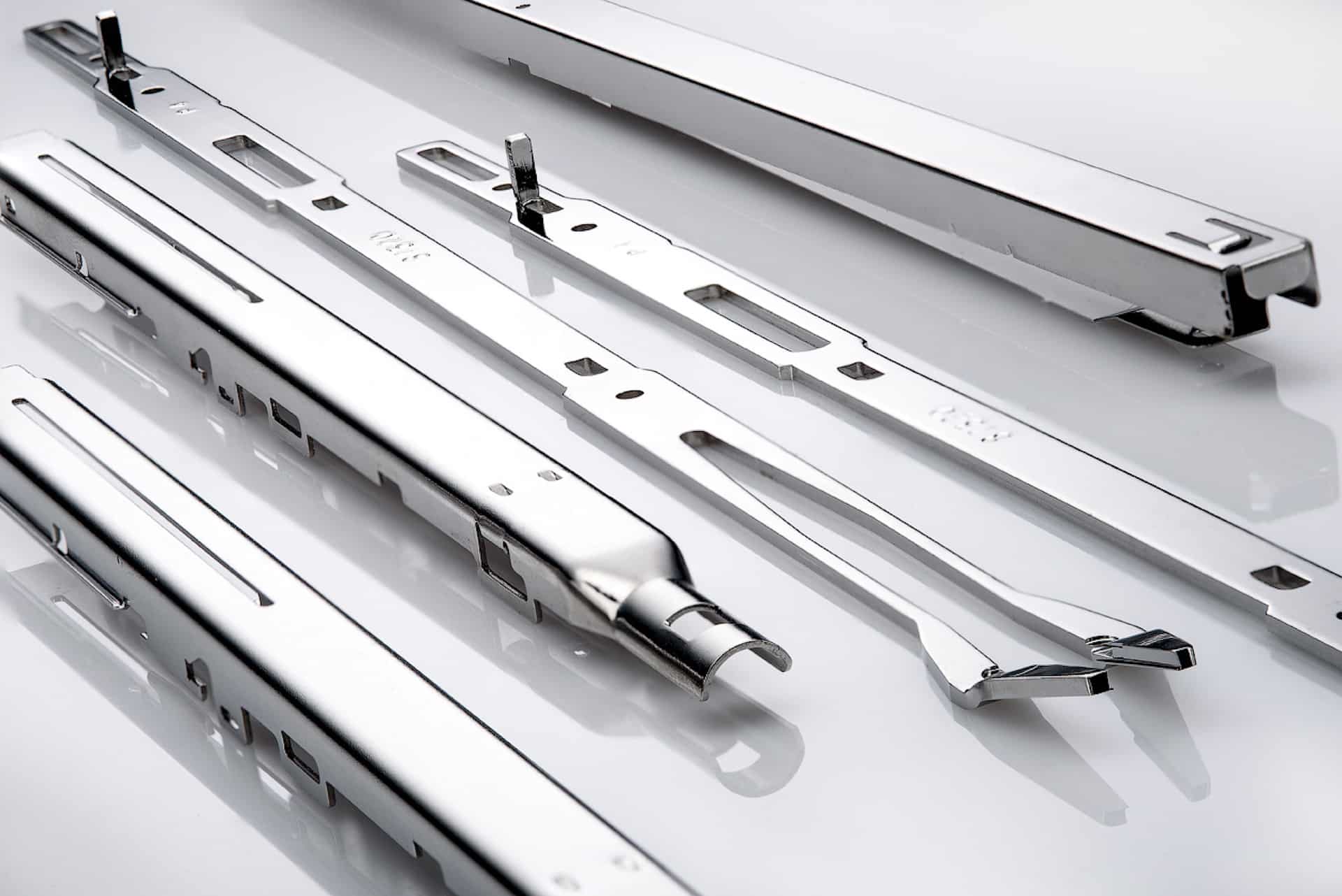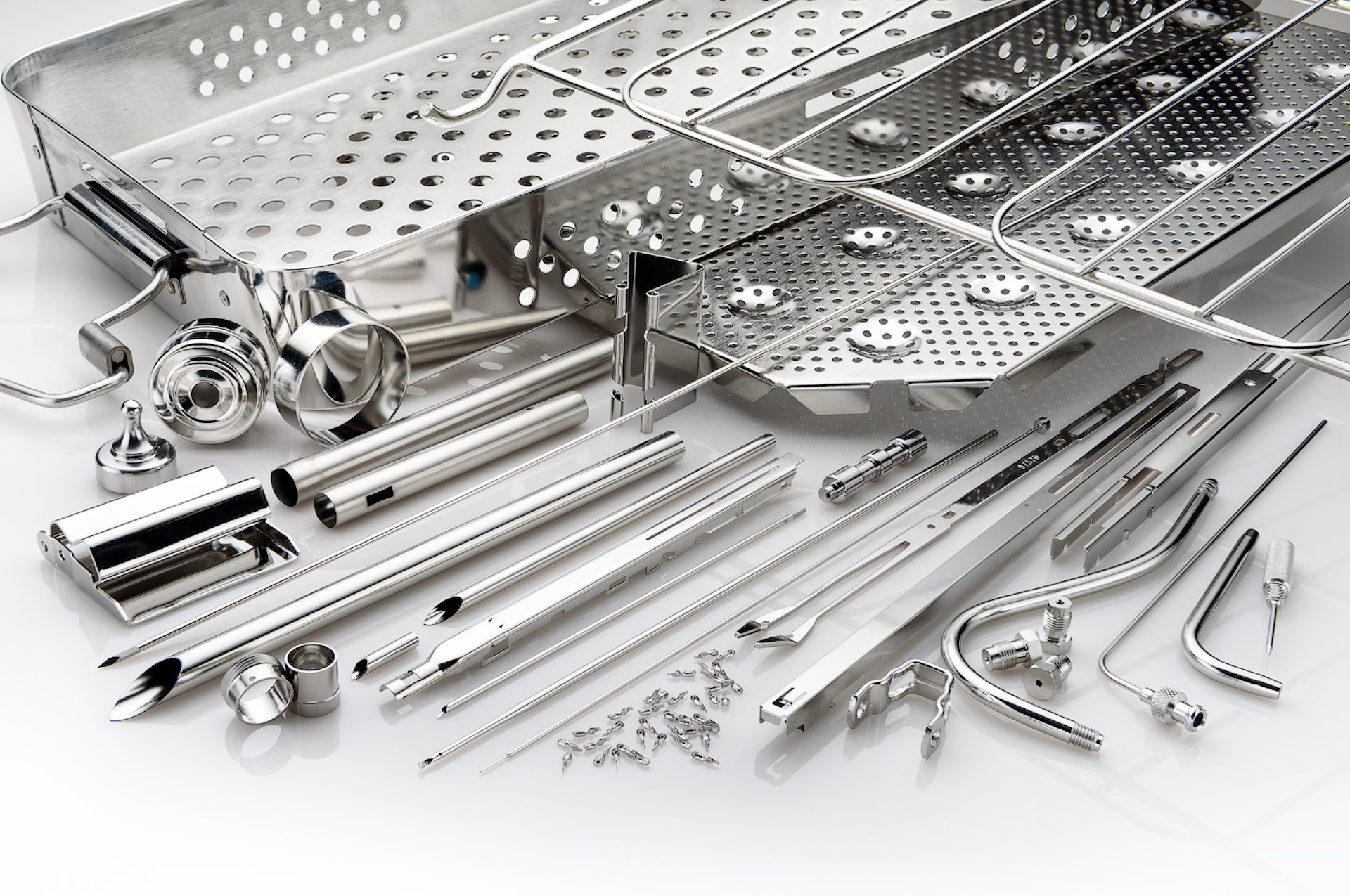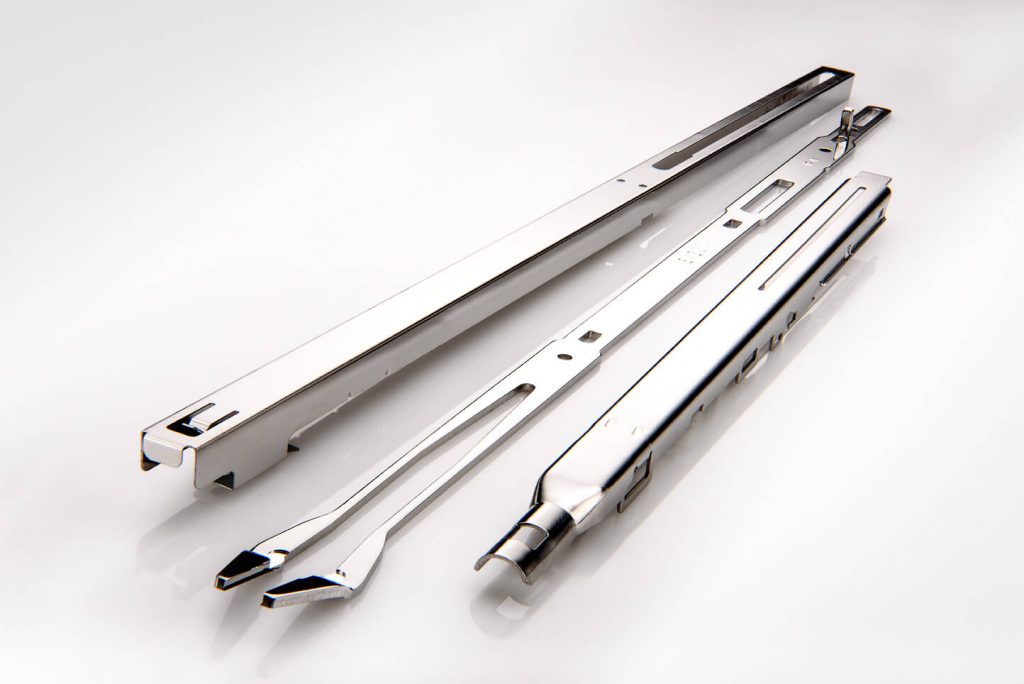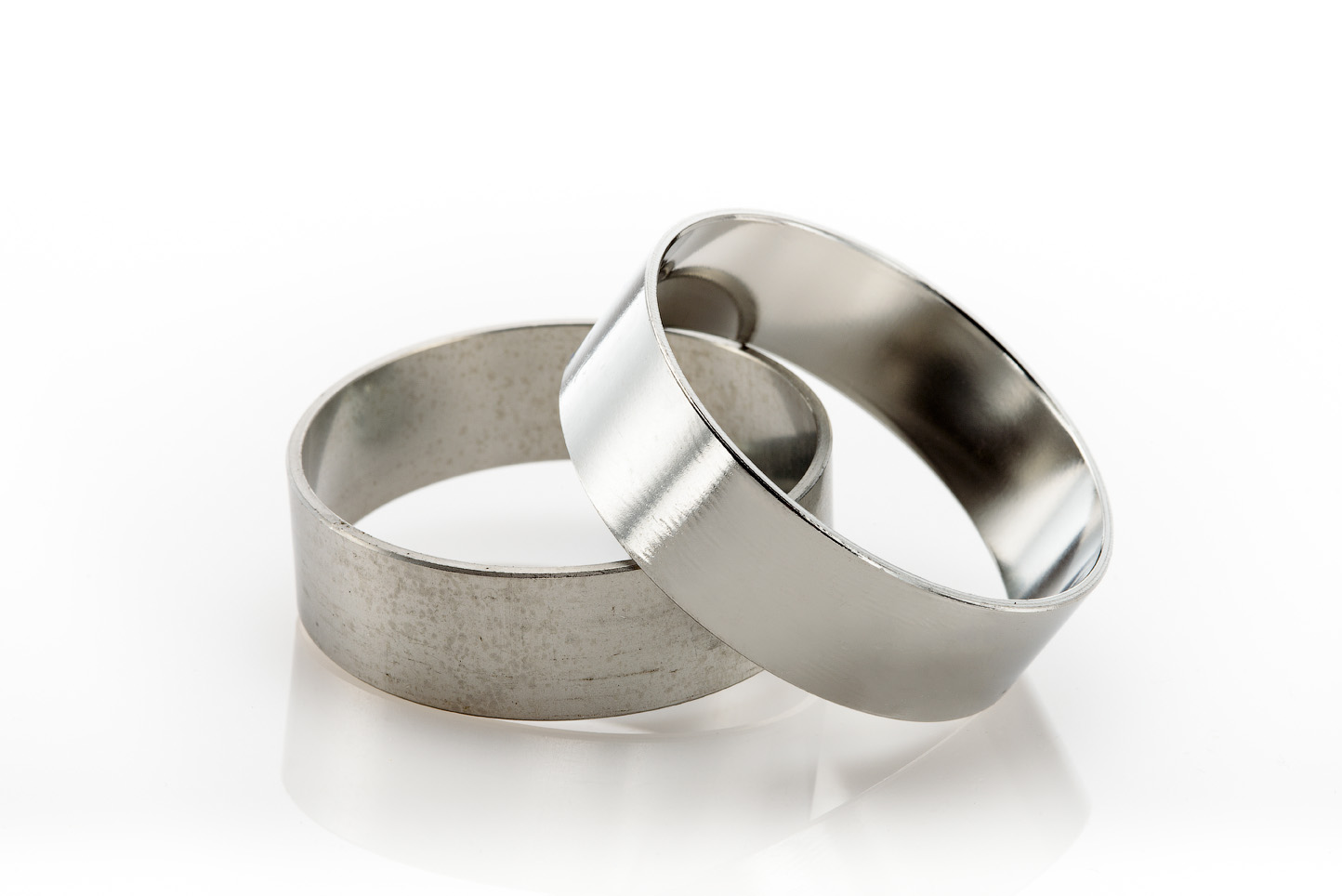Why Passivate Stainless Steel Welds?
During the welding process, high temperatures disrupt the passive layer on stainless steel, causing impurities to surface and forming oxides that can accelerate corrosion. This process exposes free iron particles and other contaminants, especially in areas near the weld zone, known as the heat-affected zone (HAZ). By passivating the welds, you can remove surface contaminants and restore the protective chromium oxide layer that enhances the corrosion resistance of stainless steel.
Electropolishing for Weld Passivation
Electropolishing is a popular method for passivating stainless steel welds. Unlike mechanical polishing, which involves abrasives, electropolishing is an electrochemical process that dissolves a thin layer of the stainless steel surface, smoothing and passivating the metal simultaneously. Wondering how much material does electropolishing remove?
Electropolishing involves immersing the stainless steel part in an electrolyte solution, usually a mix of acids, and then applying a DC electric current. The stainless steel becomes the anode, and material is gradually dissolved from the surface. This process removes free iron, surface oxides, and any imperfections, creating a smooth, highly reflective, and corrosion-resistant surface.
Benefits of Electropolishing for Stainless Steel Welds
- Enhanced Corrosion Resistance
Electropolishing removes free iron particles and surface contaminants, allowing the chromium oxide layer to form more uniformly. This is especially beneficial for welds and the HAZ, which are more prone to oxidation and corrosion without proper treatment.
- Improved Surface Finish
By removing a thin layer of metal, electropolishing creates a smooth, polished surface. This reduces the surface roughness, which can prevent the accumulation of debris, bacteria, or contaminants, making it ideal for applications where hygiene is crucial, such as in the medical and food industries.
- Increased Reflectivity
Electropolishing leaves a mirror-like finish that’s not only aesthetically pleasing but also functional. In certain applications, a reflective surface can help indicate surface flaws, as even the smallest scratches or imperfections become more visible.
- Consistent Treatment Across Complex Geometries
Because electropolishing is a controlled process, it can passivate complex shapes and internal welds more consistently than mechanical polishing.
Steps to Electropolish Stainless Steel Welds
- Clean the Surface
Remove any visible contaminants, oils, or dirt from the weld surface.
- Prepare the Part for Electropolishing
Submerge the stainless steel part in the electrolyte solution, ensuring the weld area is fully immersed.
- Apply Electric Current
An electric current is applied to dissolve the surface layer, leaving behind a clean, passivated surface.
- Rinse and Dry
Once the electropolishing is complete, thoroughly rinse the part to remove any residual solution, then dry.
Citric Acid Passivation for Welds
Citric acid passivation is an environmentally friendly alternative to nitric acid passivation and is commonly used to enhance corrosion resistance in stainless steel. Unlike electropolishing, citric acid passivation does not involve any electrochemical processes but is still effective in removing contaminants and restoring the passive layer.
How Citric Acid Passivation Works
Citric acid passivation is a simple process where the stainless steel part is submerged in a citric acid solution, usually at room temperature. The acid works by dissolving free iron particles and contaminants from the surface. This treatment allows the passive layer of chromium oxide to reform, protecting the steel from corrosion.
Benefits of Citric Acid Passivation for Stainless Steel Welds
- Eco-Friendly Solution
Citric acid is non-toxic and biodegradable, making it safer for the environment and workers compared to nitric acid, which can produce harmful fumes.
- Effective Corrosion Protection
Citric acid effectively removes iron and contaminants, enabling a robust chromium oxide layer to form, enhancing corrosion resistance for the welds and the surrounding area.
- Compatibility with Various Industries
Citric acid passivation is approved for industries where cleanliness and corrosion resistance are vital, such as pharmaceuticals, food processing, and medical devices.
- Low-Temperature Process
Citric acid passivation is typically performed at room temperature, minimizing the risk of thermal stress or distortion to the stainless steel part.
Steps to Perform Citric Acid Passivation on Welds
- Clean the Surface
Remove visible dirt, oils, and contaminants from the weld area.
- Submerge in Citric Acid Solution
Place the stainless steel part in a citric acid solution, ensuring the weld is fully immersed. Depending on the application, the concentration and immersion time may vary, but it typically ranges from 10 to 20 minutes.
- Rinse and Dry
After the passivation process, rinse the stainless steel part thoroughly with deionized water to remove any citric acid residues, then dry completely.
Choosing the Right Method for Passivating Stainless Steel Welds
Both electropolishing and citric acid passivation offer distinct advantages for treating stainless steel welds, and the best choice depends on the specific application and requirements:
- Electropolishing is ideal if you need a highly polished, smooth finish with enhanced corrosion resistance, especially in high-purity environments.
- Citric Acid Passivation is a suitable option for environmentally conscious operations or when a simpler process is preferred. It’s also effective for parts that don’t require a polished surface but still need a strong passive layer.
For demanding applications, a combination of these methods may be considered: citric acid passivation followed by electropolishing can provide exceptional corrosion protection and a refined finish.
Conclusion: Optimizing Weld Durability with Passivation
Passivating stainless steel welds is essential to maintaining corrosion resistance, especially in harsh environments. Electropolishing and citric acid passivation are two highly effective methods that offer different benefits, from enhanced corrosion resistance and smooth finishes to eco-friendly processing. For applications requiring reliable, long-lasting stainless steel welds, choosing the right passivation method can make all the difference in achieving durability and performance.
By leveraging electropolishing, citric acid passivation, or a combination of both, you can ensure that stainless steel welds stay resilient and corrosion-resistant, even in the most challenging conditions.
